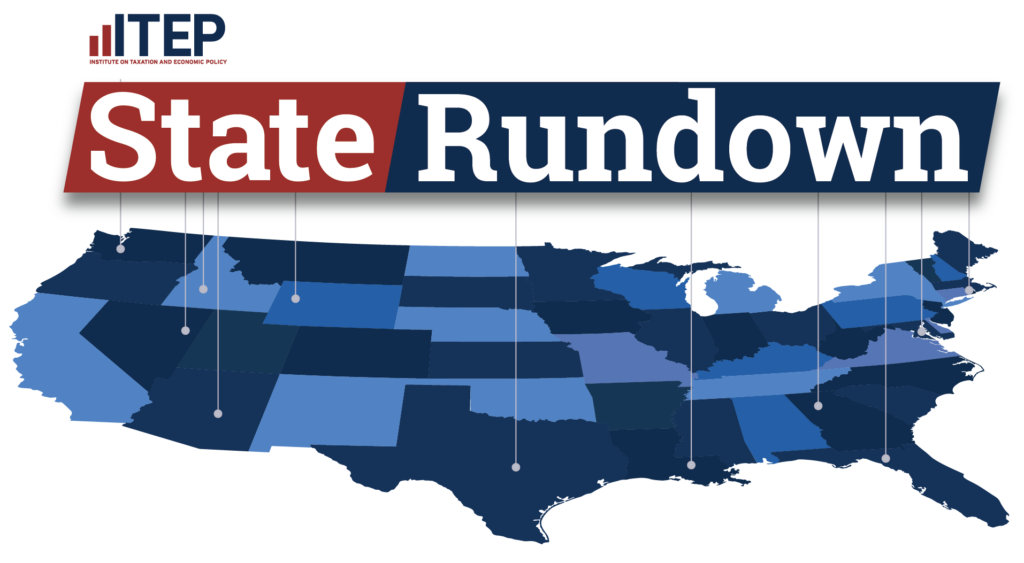Published:
Tuesday, December 1, 2009 2:34 PM EST
We have some recommended reading for New Hampshire taxpayers pondering end-of-the-year property-tax bills.
It’s a report called “Who Pays? A Distributional Analysis of the Tax Systems in All 50 States,” published by the Institute on Taxation & Economic Policy. That’s a branch of Washington-based Citizens for Tax Justice, which, as its name suggests, supports progressive taxation. The report is online at ctj.org; as is the case with most tax analyses, it’s a bit of a slog, but it’s worth the effort. Last week, the first line of a Concord Monitor news story summed up the results for the Granite State: “Poorer people pay more in New Hampshire.”
The institute issues these analyses with some frequency, so the 2009 version is not exactly hot news. Its principal finding is that most states tax middle- and low-income people at higher rates than wealthy people. But New Hampshire’s system takes the cake — often before most people can get a bite. Here, taxes are inversely proportional to the ability to pay.
Specifically, the report says New Hampshire families that earn less than $25,000 pay 8.3 percent of their income in state and local taxes. That’s largely through property taxes to pay for basic public education, which the state Supreme Court once ruled to be a state responsibility. Families in the middle income range(between $40,000 and $65,000) pay 6.3 percent of their income in state and local taxes. Those in the upper middle range ($102,000 to $204,000) pay 4.6 percent. And families earning $480,000 or more pay just 2 percent. All of which makes New Hampshire’s tax system quite remarkable, in that it rewards and protects people who are well to do while penalizing those who are just getting by.
The first documentation of this pattern came to our attention about 20 years ago, shortly after publisher and Republican presidential candidate Steve Forbes traveled around the state promoting a flat tax: Everybody should pay the same rate, he said. A lot of tax reformers in New Hampshire dismissed that idea, contending that progressive taxes were more fair. Then, in 1991, the Institute on Taxation & Economic Policy reported that in many cases poor families paid greater percentages of their incomes in state and local taxes than the percentages paid by rich families -— three times greater in New Hampshire. Middle-income families were in the middle. The study made quite a splash for a few days, but was soon forgotten.
In 2003, the institute issued another report indicating that the inequity had gotten worse. At that time, state and local taxes on the richest families were 1.9 percent of their incomes, while taxes on poor families — defined as those earning less than $20,000 a year — amounted to 8.1 percent. Today’s split is about the same, 2 percent vs. 8.3 percent. So, the poor are paying four times the rate paid by the rich. This configuration is often referred to as the New Hampshire Advantage.
Blessed are the poor in New Hampshire, for they are really chipping in. And where is Steve Forbes now that we need him?



